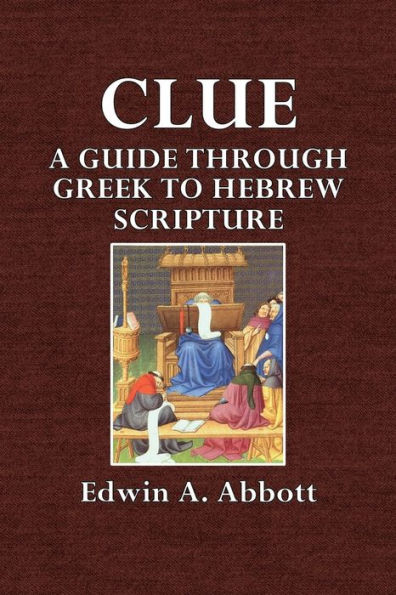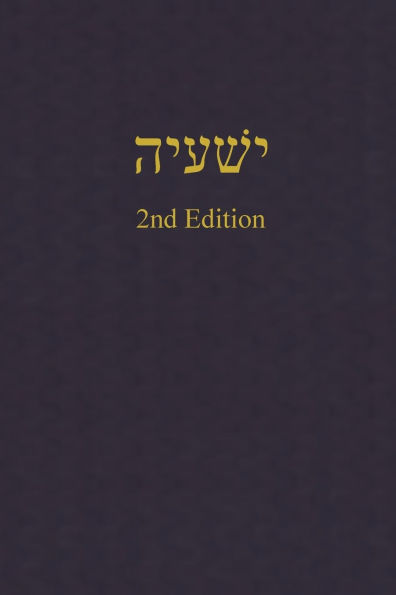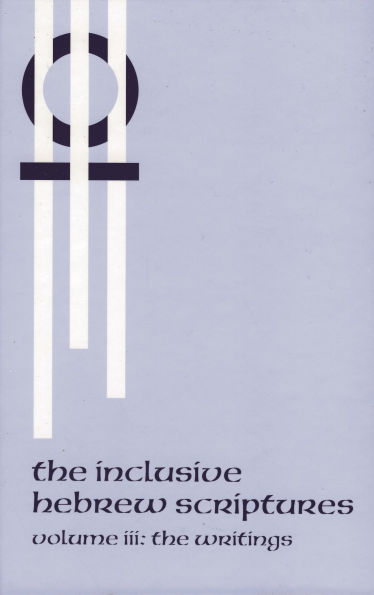Home
Clue: A Guide Through thr Greekto Hebrew Scripture
Barnes and Noble
Loading Inventory...
Clue: A Guide Through thr Greekto Hebrew Scripture
Current price: $7.99

Barnes and Noble
Clue: A Guide Through thr Greekto Hebrew Scripture
Current price: $7.99
Loading Inventory...
Size: OS
*Product information may vary - to confirm product availability, pricing, shipping and return information please contact Barnes and Noble
From the INTRODUCTION. The primary object of this work is to indicate means for constructing a clue by which scholars may systematically find their way through any Greek translation from Hebrew back to the Hebrew original. The secondary object is to demonstrate that parts of the Synoptic Gospels are based upon a common original Hebrew document, not Aramaic, but Hebrew in the strict sense, biblical Hebrew. Another object is to give specimens of the manner in which one may employ the clue so as to return from the Gospels to their original Hebrew. Some years ago, the notion that a Jewish Christian would write a Gospel in Hebrew, a dead language, might have been dismissed by many as absurd. But the recent discovery of the lost Hebrew of portions of Ecclesiasticus reveals a Jew, long after Hebrew had ceased to be spoken, writing with fair success in "biblical Hebrew," just as the chroniclers of the life of St. Francis might write the Saint's words (as well as his deeds) in Latin, though St. Francis spoke in Italian. This in itself - apart from the opinion of so learned and laborious a scholar as Professor Resch - ought to convince people that there is no antecedent improbability in the hypothesis that the earliest written Gospel was composed in biblical Hebrew. From this original Hebrew to ascend still further to the Galilaean Aramaic actually uttered by our Lord, is a different object - possibly attainable, and certainly not underrated by the author, but not contemplated in this treatise. On the hypothesis of a Hebrew Gospel, the differences between Aramaic and Hebrew will not be likely to affect that large portion of the Gospels in which the evangelists, speaking in their own person, describe Christ's birth, death, resurrection, and miracles.
From the INTRODUCTION. The primary object of this work is to indicate means for constructing a clue by which scholars may systematically find their way through any Greek translation from Hebrew back to the Hebrew original. The secondary object is to demonstrate that parts of the Synoptic Gospels are based upon a common original Hebrew document, not Aramaic, but Hebrew in the strict sense, biblical Hebrew. Another object is to give specimens of the manner in which one may employ the clue so as to return from the Gospels to their original Hebrew. Some years ago, the notion that a Jewish Christian would write a Gospel in Hebrew, a dead language, might have been dismissed by many as absurd. But the recent discovery of the lost Hebrew of portions of Ecclesiasticus reveals a Jew, long after Hebrew had ceased to be spoken, writing with fair success in "biblical Hebrew," just as the chroniclers of the life of St. Francis might write the Saint's words (as well as his deeds) in Latin, though St. Francis spoke in Italian. This in itself - apart from the opinion of so learned and laborious a scholar as Professor Resch - ought to convince people that there is no antecedent improbability in the hypothesis that the earliest written Gospel was composed in biblical Hebrew. From this original Hebrew to ascend still further to the Galilaean Aramaic actually uttered by our Lord, is a different object - possibly attainable, and certainly not underrated by the author, but not contemplated in this treatise. On the hypothesis of a Hebrew Gospel, the differences between Aramaic and Hebrew will not be likely to affect that large portion of the Gospels in which the evangelists, speaking in their own person, describe Christ's birth, death, resurrection, and miracles.

















